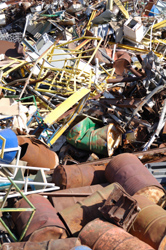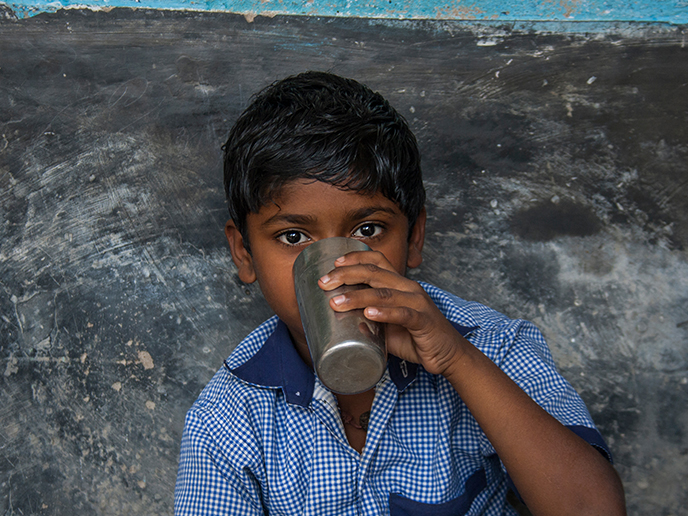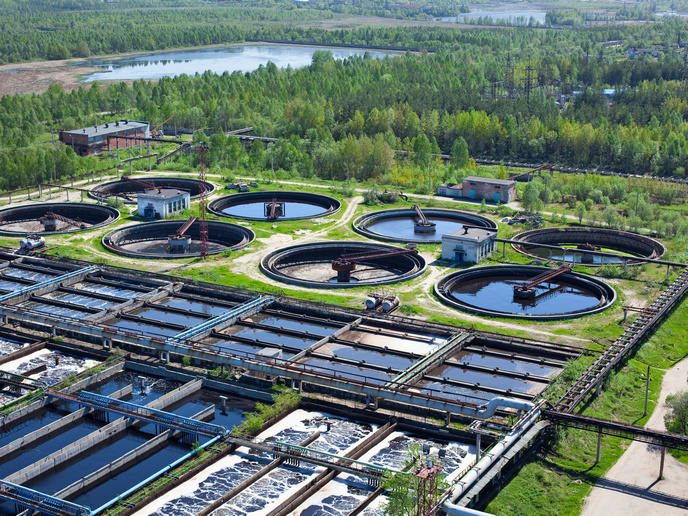Reclaiming strategies for wastelands
To do so, a consortium was founded comprising engineers, geologists, biologists, material scientists and manufacturers of ceramic products. One of their main objectives was the assessment of the financial possibilities of land reclamation and ceramic production techniques. As a first step, they assessed the waste situation, identifying any special needs such as the requirements for waste water treatments. Furthermore, they conducted parallel studies to identify the various products they were to deal with. In assessing many sites across the Balkan states, it was identified that there were common problems. These pertained to the accumulated industrial wastes, tailing, slag and contaminated industrial sites. In Bosnia-Herzegovina for example, 15 dump sites were investigated in relation to their reclamation potential as well as their availability of waste material suitable for ceramic production. Eleven fly ashes and seven types of slags were characterised both for thermochemical and chemical properties. As an additional aspect of the research, the project conducted field reclamation tests by planting a reclaimed dump site with specific vegetation. Alfalfa, grass and Robinia were most widely used, as this combination was shown to produce the best results. Moreover, the presence of heavy metals in their root, body and leaf systems were shown to be well below the maximum allowance for contamination levels. Aside from the wide and numerous publications of the project's results, further achievements can be seen in the ceramic tiles produced. Dense ceramic tiles manufactured as a result of the project provide corrosion resistance to chemical and biological factors. Additionally, they are highly suitable for applications associated with piping in chemically corrosive soils. They can also be used in ports and harbours, and in a number of industries such as for flooring for fertiliser factories. Finally, a production factory for the tiles was established.







